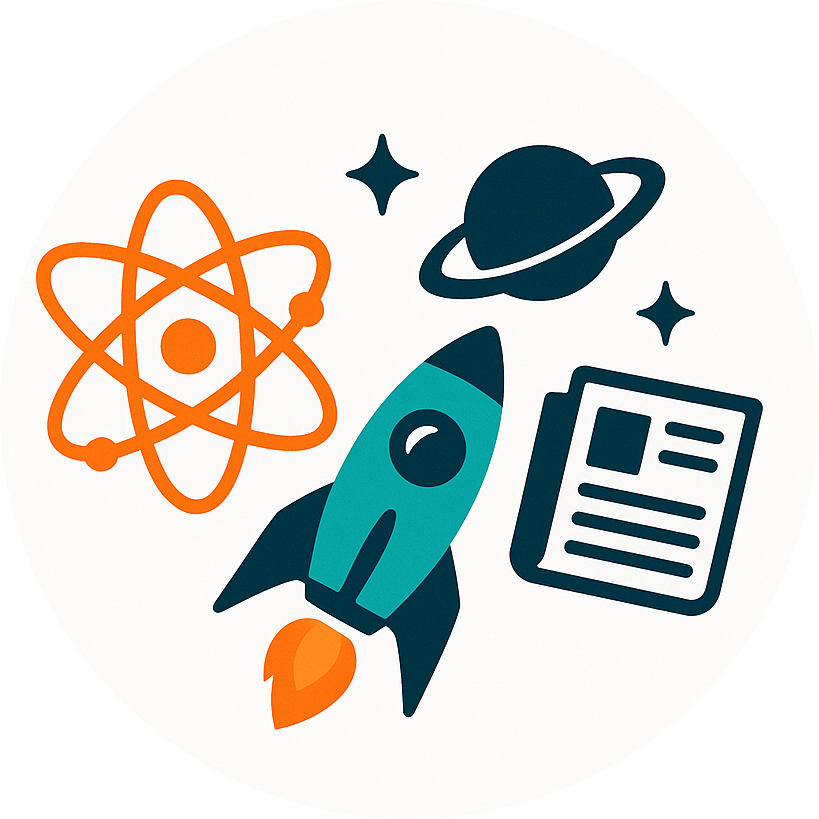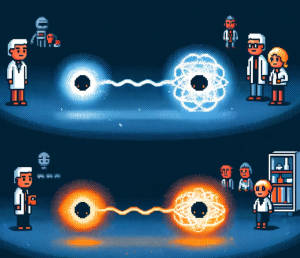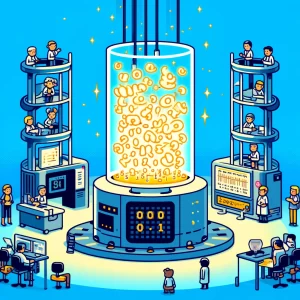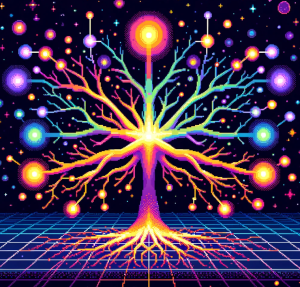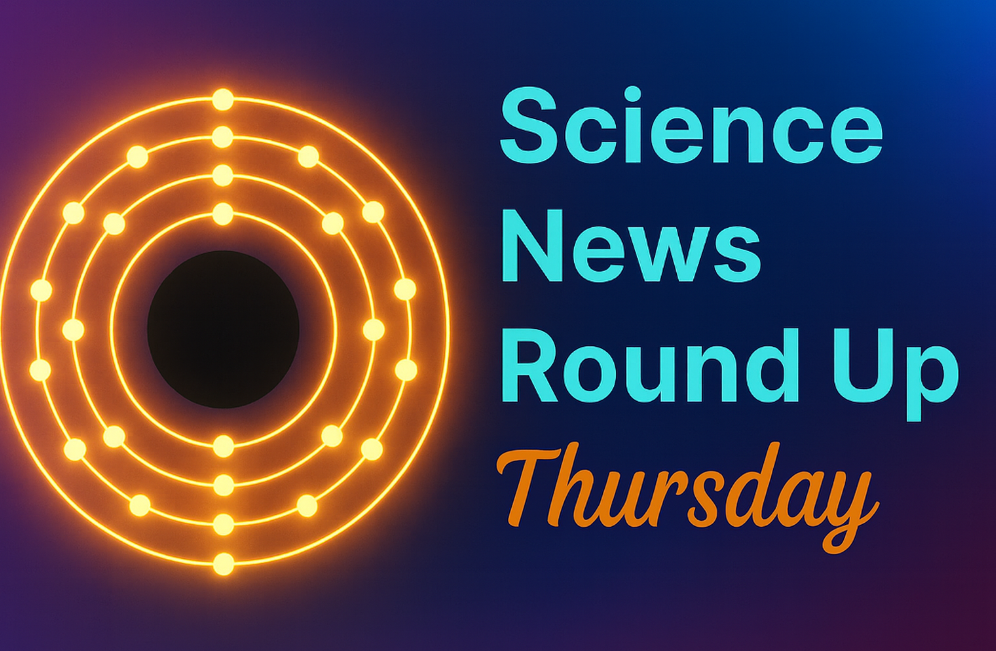
Next Week in Science, October 9, 2025
The 2025 Nobel Prize in Physics was awarded to John Clarke, Michel H. Devoret, and John M. Martinis for demonstrating that quantum phenomena can be observed in macroscopic systems large enough to hold in your hand.
Their experiments with superconducting circuits demonstrated that billions of particles can act in unison, tunneling through barriers and absorbing or emitting energy only in discrete amounts, as predicted by quantum mechanics.
By proving that quantum tunneling and energy quantisation occur on a large scale, they bridged the gap between the microscopic and everyday worlds. Their work not only deepened theoretical understanding but also laid the foundation for technologies like superconducting qubits in quantum computing.
So pretty freaking cool!
Here’s what tracking in the research:

And in the news!

How one scientist’s wide-eyed dream of giant space cities was crushed by reality
Gerard K. O’Neill’s 1970s vision of building vast space habitats that could house millions of people remains unrealized due to untested technology, inadequate funding, and logistical challenges. While the International Space Station exists, issues like the high cost, failure of the space shuttle to meet its launch goals, and social inequality remain significant obstacles to achieving O’Neill’s dream of space cities.
Bankruptcy leaves discarded artificial turf in limbo, including 243 tons Portsmouth paid $51,000 to recycle
Re-Match, a Denmark-based recycling company, filed for bankruptcy, halting plans to open the first U.S. artificial turf recycling facility in Pennsylvania, leaving thousands of tons of PFAS-laden turf without a clear disposal solution. The failure highlights ongoing issues in the synthetic turf industry, where recycling promises often remain unfulfilled and products may contribute to environmental pollution.
The Best Filtered Water Bottles for Fresh, Pure Drinking Water Anywhere You Go
A review of popular filtered water bottles highlights the Lifestraw Go, Brita Premium, Grayl GeoPress, and LARQ PureVis 2 bottles for their ability to provide clean drinking water while on the go. The Lifestraw Go offers effective filtration with up to 1,000 gallons of use, while the tech-heavy LARQ PureVis 2 sanitizes with UV light and tracks your hydration via an app.
Vaishnav Anand, Author of Tech Demystified: Cybersecurity – Interview Series
Vaishnav Anand, a 17-year-old student, developed the first AI system that detects AI-manipulated satellite imagery, addressing significant security risks from geospatial deepfakes. His work, using unique datasets, has been recognized by top industry leaders and showcased at prestigious conferences, highlighting its potential to safeguard against misinformation in critical aspects of national security and global applications
Antagonistic stem cell fates under stress govern decisions between hair greying and melanoma
Researchers have discovered that melanocyte stem cells (McSCs) in mice undergo cellular senescence-coupled differentiation in response to DNA damage, leading to hair greying and protection against melanoma. However, this protective mechanism can be suppressed by carcinogens, which activate pathways that encourage stem cell self-renewal, potentially increasing the risk of cancer.
